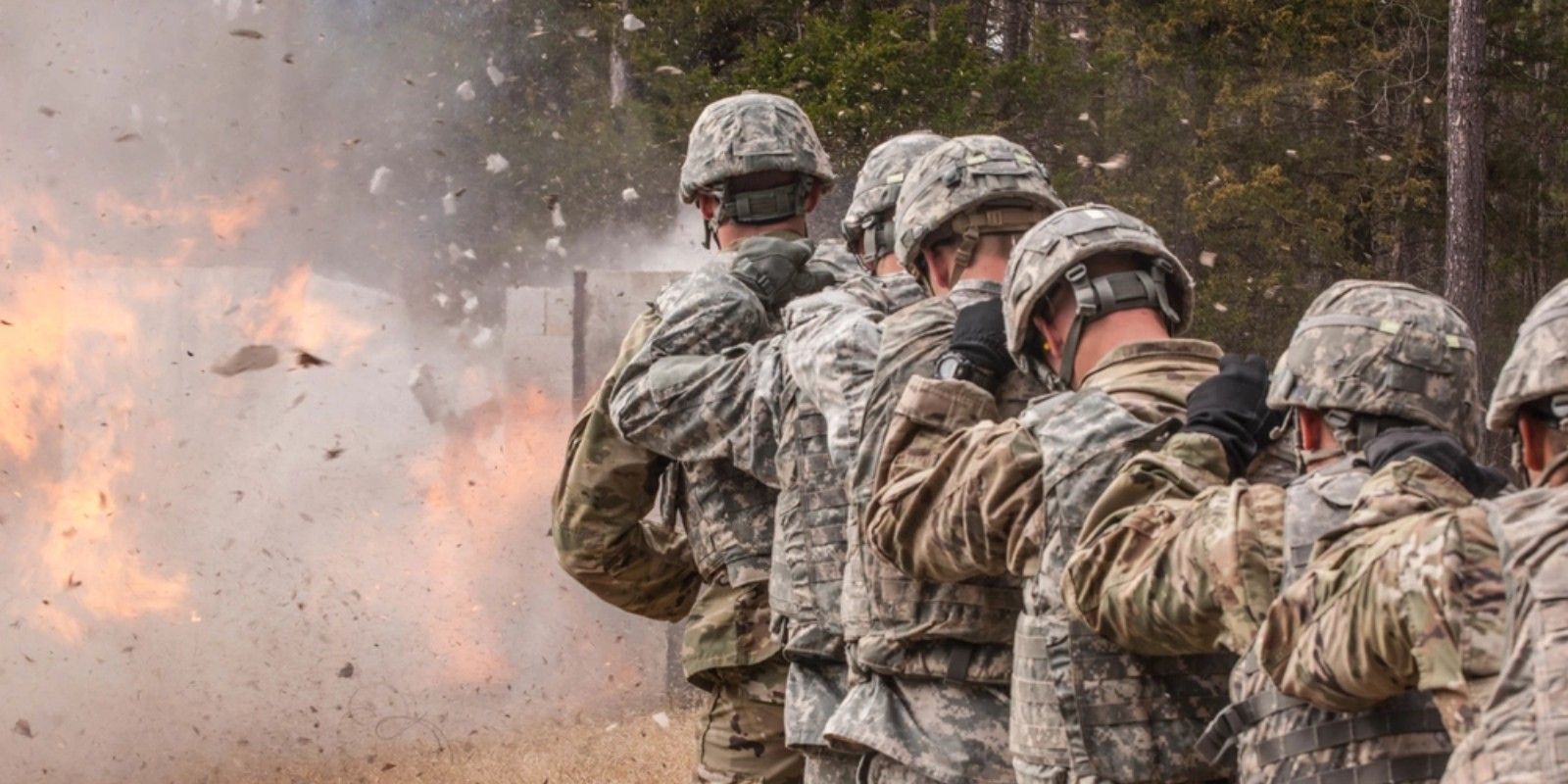JBSA-FORT SAM HOUSTON LEGIONELLA OUTBREAK PART OF LARGER PICTURE
By Buddy Blouin

Under 20,000 cases are diagnosed in the U.S. per year, but legionella bacteria is not something to take lightly. For many, symptoms can clear up in days or weeks, but Legionnaires' disease still kills 10% of those who contract it on average. An outbreak was found at Joint Base San Antonio - Fort Sam Houston within the medical barracks, and as bad as that is, a closer look at military news showcases multiple health concerns for our troops across the Armed Forces as a whole.
Read next:
Air Force Launches New Pilot for Victims of Sexual Assault in the MilitaryWhat Is Legionella Disease?
Legionella bacteria is what causes Legionnaires’ disease (legionella pneumonia). This disease moves into a person and can affect the lungs by spreading through a mist. This is why finding legionella bacteria within a building is such a huge deal. The bacteria can travel via HVAC rather than just from human to human, making the building itself a threat to all of those who live there. People who are older than 50 or have weaker immune systems are the ones most at risk, as well as anyone with chronic lung disease. Those who use tobacco are also at an increased risk. Beyond Legionnaires’ disease, Pontiac fever can also be developed. Though less serious, neither ailment is wanted. One of the trickiest components of these illnesses is that even though people may be exposed, they may never know. A lot of people affected by legionella bacteria won’t exhibit symptoms while infected. Stagnant water within plumbing systems can cause the bacteria to develop and spread throughout a structure and eventually inside the body of those living within.Why Do Outbreaks Keep Happening?
Nobody expects the military to roll out the red carpet and provide a homey feeling that rivals any sort of hotel room. But meeting basic health standards feels like the bare minimum. War can take you to some uncomfortable, less-than-ideal places, but those training or stationed on military bases deserve to have their health and the health of their families protected. Recent news of the legionella outbreak at JBSA - Fort Houston is concerning, but so, too, are the other findings that come from other military facilities. More than 1,100 Soldiers stationed at Fort Bragg were living in mold-infested barracks and have had their lives disrupted with the potential for adverse health effects as well as having to move. A previous report of a large outbreak of Legionnaires' disease and Pontiac fever at a military base can also be found, though, in a concerning manner, the details of this discovery seem to be lacking. Fort Stewart has seen moldy barracks recently, there has been contaminated drinking water aboard the USS Nimitz, there was bacteria in the water of the USS Abraham Lincoln, and so on. Troops across every branch of the American Armed Forces are willing to put their lives on the line to keep our country and citizens safe. But they deserve reassurance that their basic necessities are being met by the government and the people they've sworn to protect.What Are the Symptoms of Legionella Disease?
As a CDC bacterial disease, here are the Legionnaires disease sign and symptoms:- Confusion.
- Cough.
- Diarrhea.
- Fever.
- Headaches.
- Muscle aches.
- Nausea.
- Shortness of breath.
Suggested read:
Military Kids in San Antonio Will LOVE the DoSeumSHARE:
TAGS:
army
army
JOIN OUR NEWSLETTER
Get the latest news and military discounts



